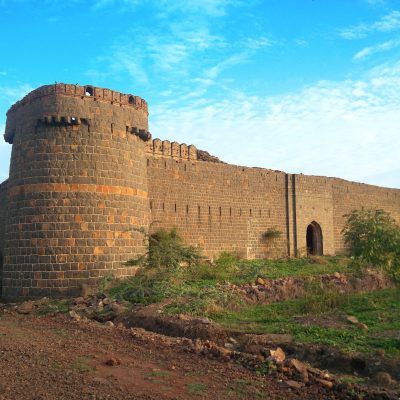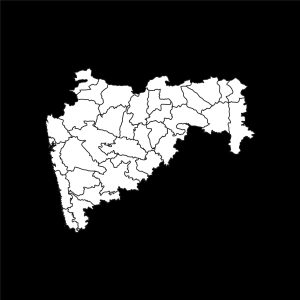fortress
From the ancient times to the medieval times, if you ask the question which is structures were built for protection, then forts stands in front of your eyes!!! These forts have so much influence on us that other historical structures for defense are completely ignored by us. Some of these include standalone bastions, Nagarkot (city forts), Vakhar, Caves, old mansions (wada) and the main one is Gadhi (fortress). Apart from the fortress, other above mentioned structures remain very little. Although the impregnable fortified forts under the control of the chief was the backbone of the defense system at that time, the fortress built to control the local administration under the control of this authority were also an important part of this defense system. In fact, a fortress was a power center that managed the local administration system.
...
The citadels of some families who had inherited administrative rights were the centers of the ancient feudal system. Therefore, these fortress were known by the name of Patil, Inamdar, Jagirdar, and Deshmukh among the congregations who were in charge of defense along with the system of collection of revenue from this fortress. The Vatandars-Sardars who managed the local administration from this fortress were in a way the kings of the area. These natives used to have a respectable position in that area. Over time, under the auspices of the fortress, these Vatandar became over smart and started acting independently. Due to this, Shivaji Maharaj strictly prohibited his citizens from building fortress. Therefore, although the quantity of these fortress in Swaraj was insignificant during Shivaji Maharaja’s period, the construction of fortress and palaces was on a large scale in the regions of Marathwada, Vidarbha, Khandesh, which were ruled by Muslims. The administration of many surrounding villages used to be under the control of some fortress in Marathwada. Since the central power center was far away and effective means of communication were not available, the law and order of many villages was maintained from these fortress. The available documents of the correspondence of this administration throw light on the social system along with the history of that time. Although this fortress, built for defense and administration in our region, was not as strong as a fort, most of the fortress were built with ramparts like a ground fort. The construction of the fortress was probably done outside the village on a hillock or hill by a small river. In this, defense from attack was facilitated to some extent. Stone, mud and lime from the area were used in the construction of the fortress to keep the center of power safe from the enemy. The ramparts of the fortress were four to five feet wide and about ten to fifteen feet high. At times, cannons and guns were kept in it for observation and firing. The fortress had a spacious main gate like a fort and other small gates as per requirement. After entering through the main gate of the fortress, there were rooms for the guards like one present in a fort. From here the people coming and going in the fortress were interrogated and watched over. In this fortress, there was an auspicious mansion (wada) for the families who were in charge of the administration, providing security and meeting their daily needs. Along with the residence, there were structures like wells, mudpakkhana, osari, diwankhana, kacheri, warehouses for storing goods, etc. The fortress had large granaries for grain collected as taxes and as an emergency provision for the subjects. There was a system of providing grain stock to the citizens during war and drought conditions. The water supply wells in the fortress were also as important as the granaries. Eventually, the decentralization of central power began from this stronghold. During the later period of the Maratha dynasty, many chieftains built fort like fortress in their territories. Many of these were of a private nature and were used for revenue collection and self-defense. As these ground forts was not used much and soon after the British rule came to India, not many historic events happened on these fortress. After the dissolution of the institution, it became difficult for the owner of the fortress to maintain it, which is a private property, and most of the fortress are falling into ruins, while some have become razed to the ground. Apart from this, many fortress have fallen due to natural calamities and human intervention. Like forts, fortress are also witnesses of history and they also show the glory of the past. Like the forts, the architectural structures of standalone bastions, Nagarkot (city fort), Vakhar, mansions (wada) and caves are also part of the social structure of a few centuries ago. These structures may not have the magnificence of forts, but their safe architecture, beauty and historical value are also evidences of a centuries-old era. All these buildings have cultural value and should be preserved. A growing jungle of cement, this medieval edifice that has been a companion for some time should be visited as soon as possible before it breathes its last. This is a small attempt to introduce these fortress and other structures as the information about them is not found on the internet or anywhere else.
© Suresh Nimbalkar




